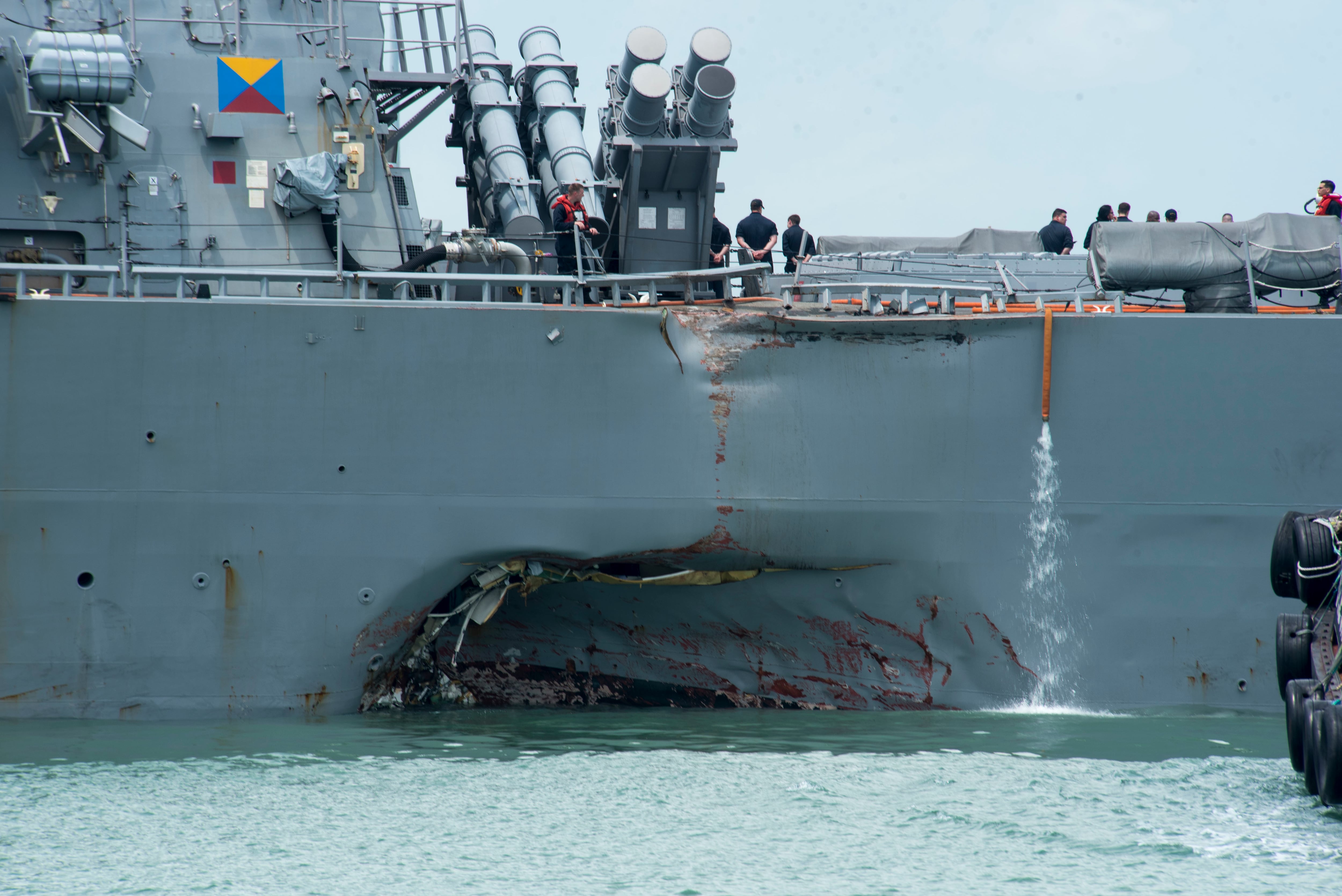WASHINGTON — The fatal collision of destroyer John S. McCain with the tanker Alnic MC on Aug. 21, 2017, stunned the U.S. Navy. It came just two months after another U.S. 7th Fleet destroyer, Fitzgerald, was involved in another deadly collision. With 17 sailors dead from two avoidable accidents, the Navy had much to study and to fix — and quickly.
[Get the brief version of this interview with all six officials]
Over the course of investigations by the Navy and the National Transportation Safety Board, two formal reviews, and a slew of inquiries related to legal proceedings against sailors and leadership, an enormous amount of information came to light. But did these steps actually bring about change?
Six officials with first-hand knowledge of the surface force then and now spoke to Defense News to discuss the implementation of safety measures over the last five years, and more that must be done to avoid another fatal mishap:
- Vice Adm. Roy Kitchener is the commander of Naval Surface Forces and Naval Surface Force Pacific. He oversees manning, training, maintenance and other readiness-related policies for the force, and has served in that position since August 2020. He previously commanded Naval Surface Force Atlantic and Expeditionary Strike Group 2.
- Retired Rear Adm. Brian Fort led the Navy’s investigation into the Fitzgerald collision in 2017. He commanded Navy Region Hawaii at the time and previously commanded a destroyer and a destroyer squadron. Fort later served as commander of Naval Forces Japan from July 2019 until his retirement in July 2021.
- Retired Vice Adm. Rich Brown led the Navy’s investigation into the McCain collision in 2017. He served as the commander of Navy Personnel Command at the time. He previously commanded Surface Warfare Officers School Command and Naval Service Training Command ashore, and commanded a destroyer, a cruiser and a carrier strike group at sea. Brown later served as commander of Naval Surface Forces and Naval Surface Force Pacific until retiring and handing command over to Kitchener in 2020.
- Rep. Rob Wittman, R-Va., is the ranking member of the House Subcommittee on Seapower and Projection Forces. He has focused on military readiness since becoming a congressman in 2007. He represents Virginia’s First District, which includes portions of the military-heavy Hampton Roads area.
- Capt. Chase Sargeant commands Task Force 71 out of Japan, which serves as the sea combat commander for the forward-deployed Ronald Reagan Carrier Strike Group and as the theater surface warfare commander for all combatants assigned to U.S. 7th Fleet. Sargeant previously served as executive officer and then commanding officer of the destroyer McCain from April 2012 to May 2015.
- Retired Fleet Master Chief Petty Officer Paul Kingsbury served as the top enlisted adviser at U.S. Fleet Forces Command from December 2015 to August 2018, and contributed to the strategic readiness review and the comprehensive review. He previously served as the command master chief for the Naval Safety Center (now Naval Safety Command); the region master chief for Naval Forces Japan; and the command master chief for an amphibious ship in the Forward-Deployed Naval Forces Japan.
These interviews were edited for length and clarity.
1. What challenges did the surface navy face five years ago?
Vice Adm. Roy Kitchener: It’s primarily about four things: No. 1 is operational tempo versus readiness generation. Those two were in conflict and out of balance, and the balance tipped toward the operational demand. No. 2, we were under-invested in training as a community. We came out of an era where we went to “SWOS in a Box,” where we disestablished the Surface Warfare Basic Division Officer Course. A new reporting ensign got a box of CDs that they were supposed to use to learn their profession. When the collisions occurred, we were in the buildup phase, and we were buying back and getting back to what we needed to do, but we weren’t quite there. Some of it was attributable to a nonstandard training across the force.
That was further exacerbated by our can-do attitude — “we can still do the mission, we can do it with less, we’ve done this before” — and we didn’t fully understand how to measure cumulative risk. And finally, fatigue management, which was nonexistent. There was no prioritization of it, and we had not made investments in it. When you combine those four things, I see that as the perfect storm.
Rear Adm. Brian Fort (ret.): Culture. Five years ago, the surface navy lacked a positive, defining culture. Culture is not strategy or values or operational concepts. Simply, culture is how an organization thinks and therefore acts. While “can-do attitude” was frequently cited as part of the surface navy culture then and as a contributor to the 2017 collisions, “can-do” is actually the positive side of the coin; the other negative side is “make-do.”
Every commander on the waterfront knew the challenges with manning, training and equipping the surface navy. We routinely swapped sailors, parts and training. It was a well-documented, systemic part of our cultural norm. What hurt the most was how we frequently ripped apart a ship’s training schedule to support another fleet’s training requirement. The ships in my squadron averaged nine major schedule revisions in the basic phase of training, resulting in an average of seven extra weeks of training. Not only did this cause significant rework and adjustment, but the second and third order impacts on other individual and team training, manning and maintenance compounded an already challenging problem.
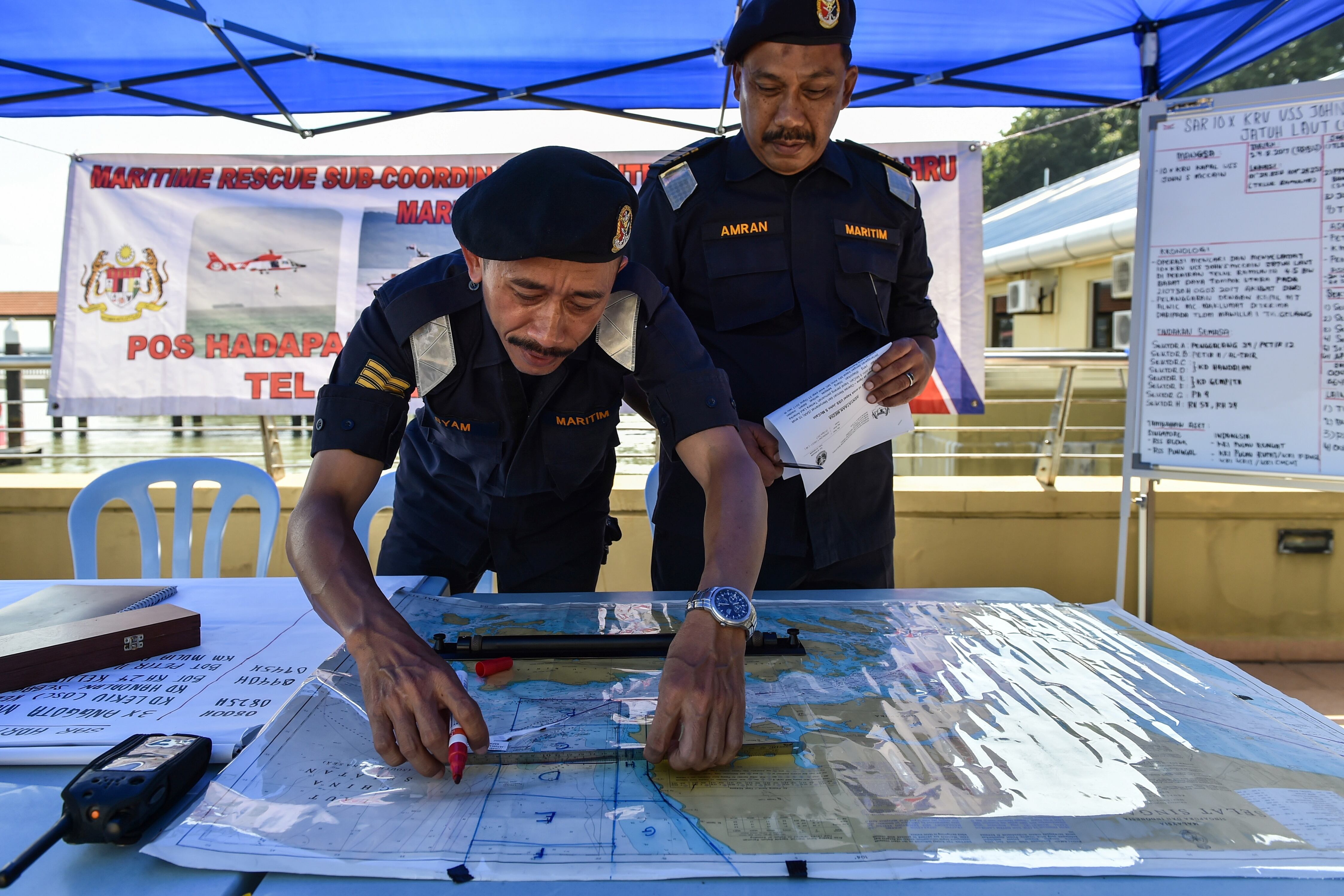
Vice Adm. Rich Brown (ret.): The command-and-control structure, misalignment of the operational control and administrative control, and the Office of the Chief of Naval Operations’ programmatic priorities did not allow for prioritization of the manning, training and equipping of the surface force. This misalignment was particularly harmful to forward-deployed naval forces and resulted in a “waiver mentality” to keep ships operating past their material readiness and certification periods. [Risks were passed] down the chain to the ship commanding officers, putting them in an impossible position to meet the mission despite not having the resources to do so.
Rep. Rob Wittman: The year 2017 goes back to sequestration in the early 2010s. Sequestration provided a significant challenge for the Navy, but there are still lingering effects today. There are still maintenance backlogs and inconsistency in how maintenance is managed; you have extended maintenance availabilities.
In 2017, the operational tempo was affected by these issues; maintenance availabilities get extended; deployments get extended. Those things happened because of pressure from sequestration that affected maintenance and shipbuilding. The shortfalls in shipbuilding appropriations — we’ve addressed some of that, so we’re in a better place, getting the trajectory on shipbuilding where it needs to be. We need to do an even better job on trajectory of ship maintenance in order to have the ships we need.
Fleet Master Chief Petty Officer Paul Kingsbury (ret.): It was the shift in surface warfare officer training and the divestment of manning. Most decisions in the Navy are shaped by money, involving well-intentioned people having to make trade-offs with the budget. That ultimately led to us having to shift to optimal manning.
Because of budgetary issues, you start to roll back on training, and also you don’t man the fleet where it needs to be. Going back five or 10 years before 2017, we were divesting some amount of Navy talent to support the global war on terror. We took sailors out of traditional training pipelines and sent them to the Middle East as individual augmentees. I don’t think they valued the importance of safety — it was more of a checklist program rather than a safety culture.
2. Where has the surface navy made the most progress in the last five years?
Kitchener: One was in professional competencies, our investments into the mariner skills of not only our junior officers but also our enlisted navigator course. The product we put to sea now and the continuum we have established is first rate. I point to the mariner skills because that’s where we made the most investments post collisions. But we also made improvements in technical skills and engineering schools, and in tactics. There’s a lot more work to do, but it’s going in the right direction.
The other was fatigue management. Now we have a policy — an instruction signed by me — that lays out what to do to manage fatigue. It’s an area that still requires a lot of work. If you look at a ship on deployment, it’s usually pretty good. If you look at one in the basic phase, not so much as we try to train people. But our awareness and our attempts have created really good programs.
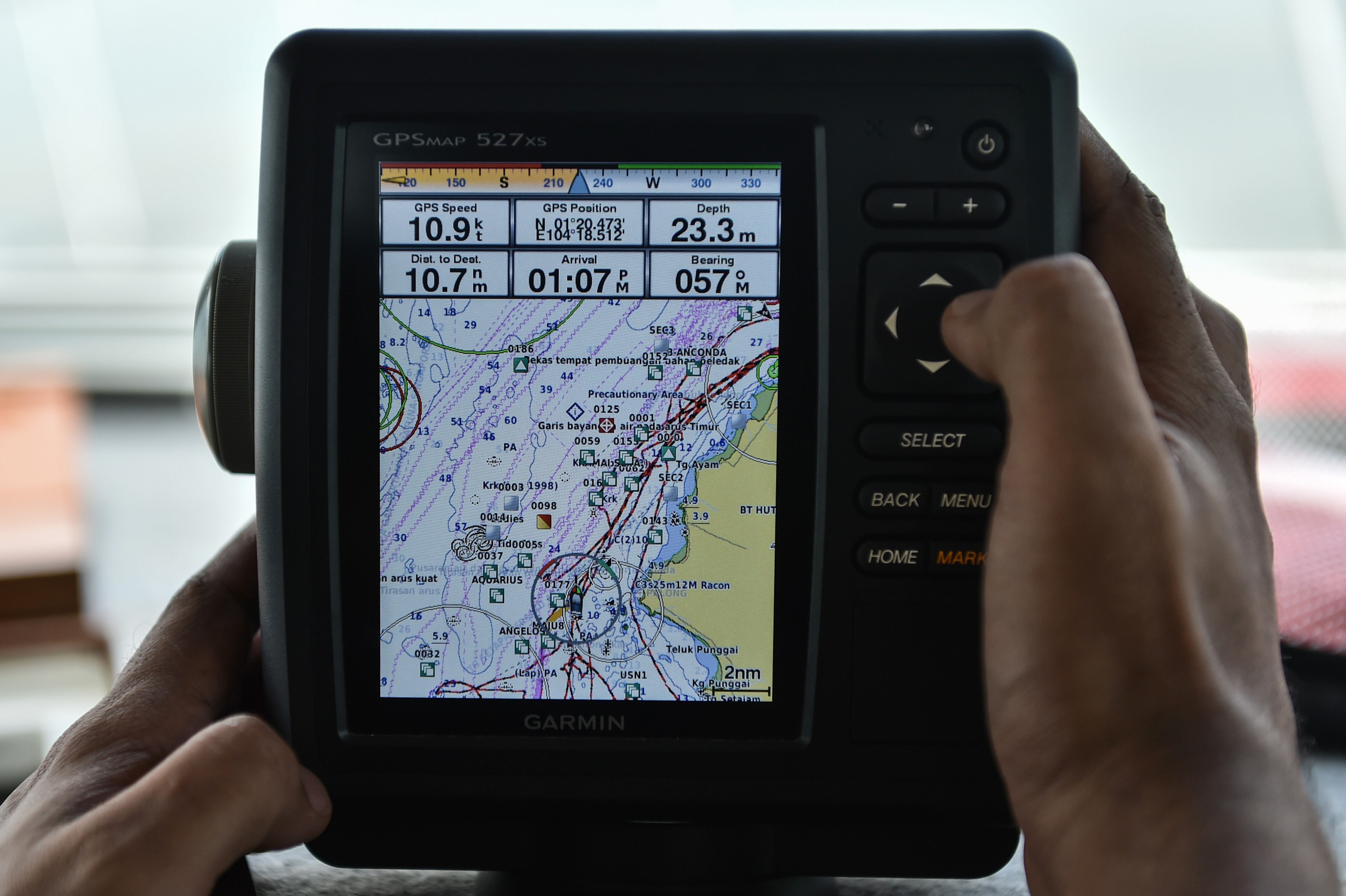
The other one was the oversight of readiness. Now, if you want to defer maintenance, that’s our decision — Commander of Naval Surface Force Atlantic Rear Adm. Brendan McLane and myself. That was not the case back then. If you look at 2017 and measured the continuous maintenance in the western Pacific in Japan, we are at about a 19% accomplishment rate. Today, in Yokosuka, we’re at about 90%. If you go to Sasebo, it’s a little bit more challenging because we have infrastructure problems we’re trying to supplement with tenders. But overall, we’re in the 80s percentile for all of Japan, which is good.
Capt. Chase Sargeant: Post collision, one of the main things we learned was the need to standardize and codify our processes in U.S. 7th Fleet. We’ve codified for forces out here three phases: You’re in maintenance; you are in the training phase; or you’re in sustainment, which is deployable, where you could be tasked to missions.
We have a process where the type commander has a conversation with the operational commander, and we brief each other, and we clear ships to move from phase to phase — from maintenance to basic training, and then from training to sustainment. To be a deployable ship means it is certified and ready for missions from a manning, training and equipping perspective. Since I’ve been here (since the summer of 2019), not once have I had any pressure or any requests to violate a ship’s training or maintenance allocations.
Brown: The surface navy has made the most progress in prioritizing the type commander’s man, train and equip functions. As a result of the 2017 destroyer collisions in the Pacific Fleet and the subsequent reviews, the type commander has a much larger, although not formalized, voice in the employment of surface ships. Risk is owned and managed at the appropriate levels. Additionally, significant funding has been allocated to individual and ship training. The revamp of the surface warfare career and training path is remarkable and a sea change to the way we train and assess officers. The revised Surface Force Training and Readiness Manual put the “Big T” in training and the “little a” in assessment. All the other initiatives — check-ins between new commanding officers and the type commander; near-miss reporting; log books; new trainers and a series of assessments; fatigue management; mentorships — have had a such a positive impact on the surface force as well as the individual officer and sailor.
Fort: Training. The surface navy has made significant investments in training for surface warfare sailors across the entire spectrum of rank and rate. Unless this has already occurred and I am unaware, one change I will continue to strongly advocate for is eliminating the use of multiple-choice “Rules of the Road” examinations at Surface Warfare Officers School. While the U.S. Coast Guard’s “Rules of the Road” database is an excellent tool to support learning, it’s a poor substitute for actual learning. Poor “Rules of the Road” knowledge contributed to both the 2012 collision of the destroyer Porter and the 2017 Fitzgerald collision. We are well past time for written essay examinations, which include both routine and challenging ship-handling scenarios. It takes time and effort to write and evaluate exams, but I advocated for this while I was on active duty, and will continue to do so in retirement.
3. What challenges does the surface navy still face?
Kitchener: How to give sailors, crews and ships more time to focus on warfighting. The depot maintenance remains a struggle. We are driving to lower those days of delayed maintenance, which I think we’re doing OK, but we’re not where we need to be. If we could get that right, that’ll give sailors back more time.
All those things that are not related to warfighting — do we really have to do them? That’s been a hard one to get our hands around. We had a good effort right after the collisions to drop it somewhat, but there’s still stuff out there remaining. We signed off on a study to get our hands around it, and it should deliver here later this year.
Standardization is something we need to work on as a community. We have variance: We have lots of really high-performing ships, and then we have ships that need help.
And the other challenge is [determining] the right level of manning. How do we measure that? We went to the 92/95 fit/fill metric after the collisions. I’m convinced that’s not the right metric. We need to be able to measure experience and proficiency, and we need to maintain even levels of experience across the phases of the Optimized Fleet Response Plan. We’re going to look at that this year.
Wittman: The operational demands and the size of the fleet are still in disproportion. When you’re deploying these ships at these rates and extending deployments, that not only wears out the ship, but it wears out the crew. Consistently the Navy keeps around 100 ships deployed at any one time. The current shipbuilding plan shrinks the number of ships from 297 down to 280. So you’re going to put more pressure on fewer ships, which is not a good long-term place to be. In the past 20 years, the Navy has always talked about getting to a larger fleet, and the fleet should by their projection be over 300 ships.
Fort: Manning and maintenance — two critical [factors] to get the Optimized Fleet Response Plan right. The surface navy struggles to complete maintenance availabilities on time because of (1) an inability to truly sequence and synchronize all maintenance activities; (2) [inconsistency in] what is meant by supervision. Show me 10 sailors who identify as supervisors, and I’ll show you 10 methods of supervision; and (3) [an outstanding need for] quality assurance. I’m not talking about check points; I’m talking about the quality assurance of the actual work itself while the work is in progress. All three rest squarely on the shoulders of both the maintenance activity and the ship.
Brown: The surface force is still challenged with a misaligned command-and-control structure and operational control/administrative control assignment. The type commanders should have operational control of the ships in the maintenance and basic phases of the Optimized Fleet Response Plan. The type commanders would then deliver fully certified, materially ready and trained ships to the numbered fleet commands for advanced training, deployments and sustainment operations. The surface readiness squadrons of the 1980s should be reestablished with sequential major commanders to oversee and support ships in the maintenance and basic phases of the OFRP. The current destroyer squadrons or amphibious squadrons would then focus purely on their warfighting missions.
Additionally, the Navy still does not fund ship maintenance accounts to the real requirement. This is shortsighted, transfers risk to the commanding officers and reduces ships’ expected service lives.
Kingsbury: Manning on the enlisted side. How you distribute the workload compared to the people you have is off, and there’s ongoing pressure on the fleet with regard to that. With the 92/95 fit/fill goals for manning, you’re already introducing risk. When you don’t have enough people to do what the manning documents say is necessary to not just meet mission but safely operate that unit, you’re automatically taking risks. This requires advocating to Congress for more money to buy the full manpower requirement.
4. How can the surface navy further reduce its risk of a mishap?
Kitchener: To me, it would be getting that culture of safety more established. The no-blame reporting has been really good, and the debriefings. And every year it gets better — and I know it gets better because the book I get at the end of the year gets bigger. But that’s got to continue to translate down to the deckplate. It’s got to be inclusive. If a sailor feels like they can’t say something, we’re never going to win. That’s the No. 1 thing we have to change.
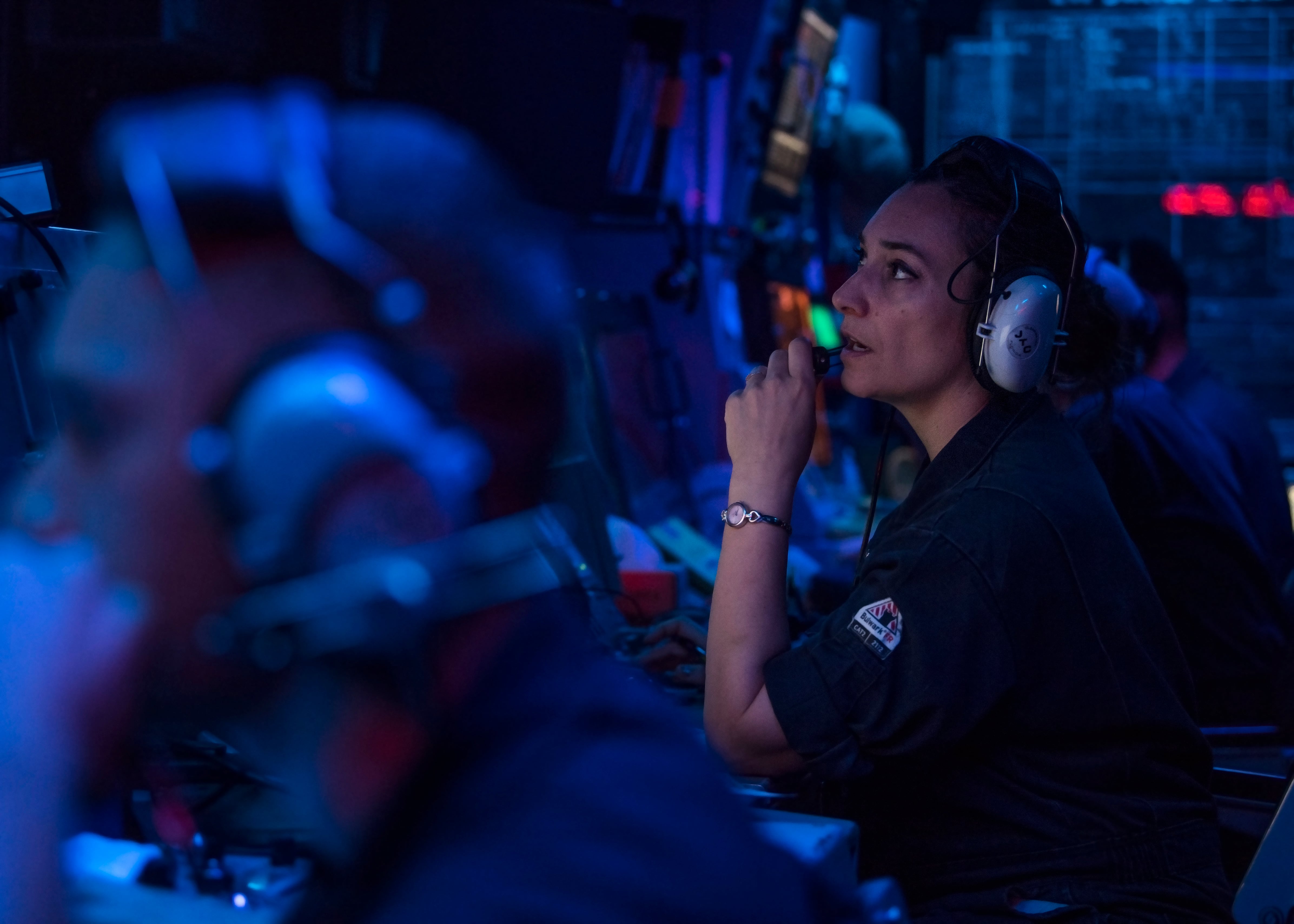
We’re still challenged there. There are even some officers in the wardroom that are not ready to talk about something bad that may have happened so they could get better. I don’t understand why you wouldn’t, but that remains a challenge. That’s a cultural thing.
So that’s the biggest one, but I also believe in our ability to look at analytics and understand readiness: the hard analytics; the man, train and equip measurement; the people science that we got from our human factors folks that came out of the collisions; afloat safety assessment surveys. Measuring the cumulative risk remains a challenge.
Sargeant: The metrics. We’re working on them for the manning of our ships. Vice Adm. Kitchener is working to ensure we have the right level of expertise on ships with the right sailors, the right trained officers with the right experiences. Where that comes into play for me is lethality, which is about leadership and competency on our ships. The more capable our sailors are, the more they are able to self-sustain underway. That for me is an intangible advantage to our surface fleet in terms of lethality. So (1) get the metric right that tells you what is the right mix and level of expertise you need on ships, and (2) figuring out how to plug that into the system to ensure the demand signal is met by the fleet in terms of manning and training.
Wittman: I’ve been hammering the Navy for years to make sure what they do, especially in the maintenance realm, is data driven. The key is not just gathering the data, or not just putting in place advanced sensors, but the key is figuring out how to incorporate the data in an operational way so it leads to changes in managing the fleet. They’re on the right path to make sure decisions and efforts are all data driven using artificial intelligence and predictive modeling on maintenance. The true test is going to be: Does that result in improved performance?
Fort: When it comes to culture of the surface navy, commanders can never take their foot off the throttle. Until such time that sailors of all ranks and rates can collectively define in positive terms the culture of the surface navy, there will be work to do. I led a culture discussion with Naval Surface Force Atlantic [ship leaders] in 2016. The culture that commanding officers and command master chiefs wanted most was one of warfighting, leadership, tactical excellence, professionalism and technical excellence — in that order. We’ve made good strides on all of these fronts since 2017.
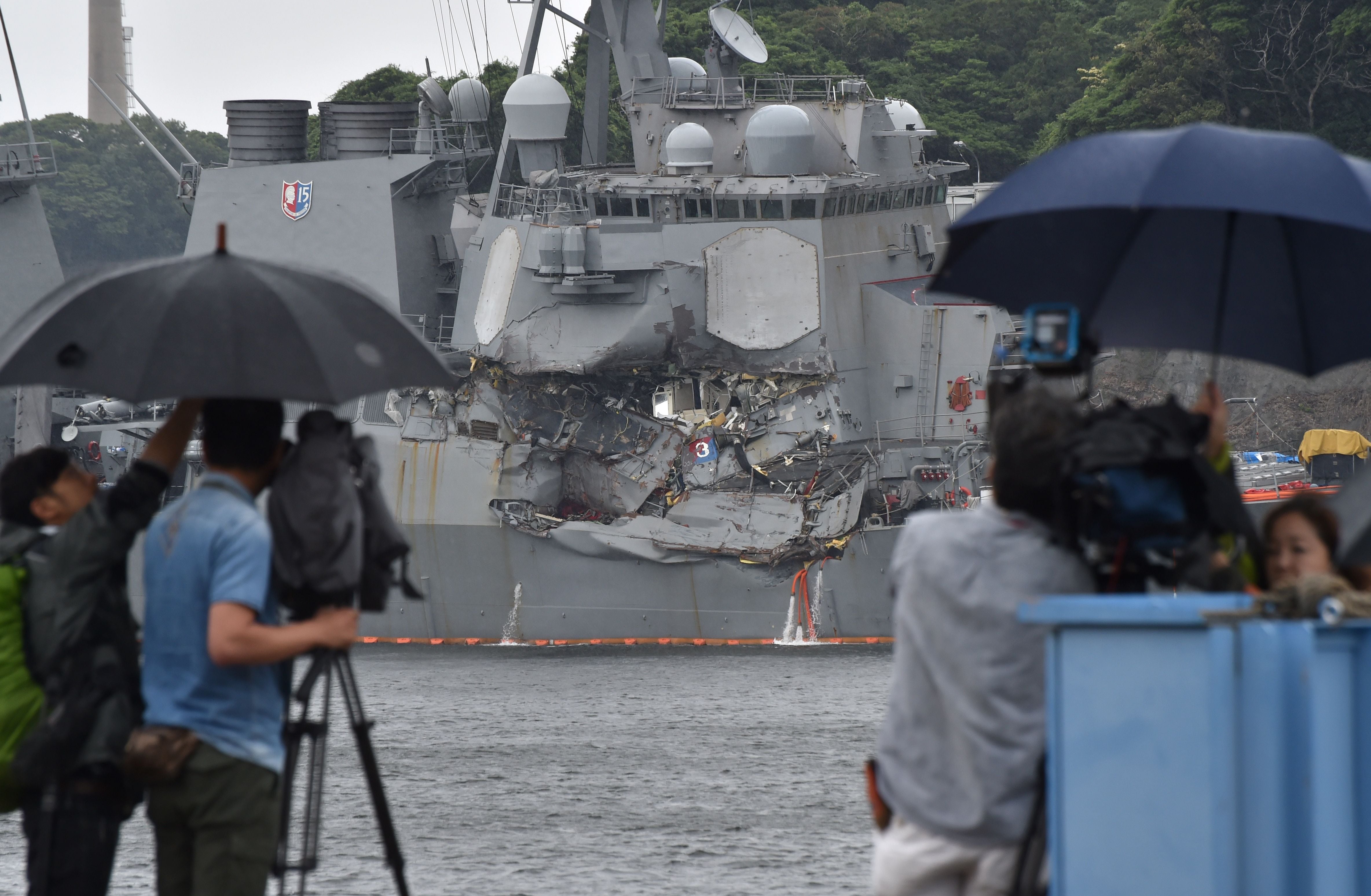
One more I would add: the ability to critically self-assess performance at every opportunity. This has been a key miss for the surface navy and was a root cause leading to the Fitzgerald collision. Fitzgerald had a near-miss collision just five weeks before their tragic collision. As I wrote in the report, they didn’t critique their near miss. A proper critique might have uncovered many of their problems.
The chief of naval operations personally called for improving critical self-assessment at the Surface Navy Association symposium this year. That’s great, and I most certainly applaud this, but this kind of cultural change won’t occur overnight, nor by good intention alone. It must be an all-hands-on-deck change in culture, led by everyone wearing a command pin.
Brown: The Navy must balance maintenance, training and operations in support of maximizing operational readiness and safety. We must always guard against transferring risk down the chain of command. The surface navy needs to continue on the path of establishing a culture of excellence vice a culture of compliance. Continue to implement the various programs established to identify organizational drift. Lastly, ensure sufficient run time of all the new programs so they can achieve the desired effect before changing them for the sake of changing.
Kingsbury: The surface fleet needs to look at what nuclear power does and what naval aviation does, and borrow from the best practices of those communities. Nuclear power is not an easy program to be in, but it’s rigorous for a reason. Look at the investment they’ve made in education, in this constant trust-but-verify approach, with certification requirements, with a solid set of core values, watch-standing principles and a focus on integrity. Look at the school of aviation safety; look at the investment that the commanding officers and executive officers get in safety management education before they go to the first command, specifically in to how to develop, maintain and manage a safety culture, and how to use your safety officer. That’s a best practice the surface navy can borrow from, too.
We need broader officer and enlisted education across the continuum on safety culture and safety leadership. The things you do to manage and mitigate safety from the tactical, operational or strategic levels is different than what you do to manage maintenance, for example. Partner with Naval Safety Command to create an education for naval leaders on safety culture and how to inculcate it.
5. How can the departments of the Navy and Defense help the fleet improve safety? How realistic is it to hope for that help?
Kitchener: What we have to do as a community is identify the resources through the data and show the risk. We can now say: “Here’s your risk, Department of the Navy or Pentagon, and as a corporate forum, let’s figure this out. Is that an acceptable risk? What’s the long-term impact?”
Fort: There are discussions going on about “the mission of the Navy.” This is good discussion. What I would discourage, or change, is leveeing any requirement on the Navy and our sailors which doesn’t contribute to warfighting prowess.
And it’s absolutely realistic, but you would need bold decision-making and the occasional “no” [in response to their proposals].
Brown: There will be future budget pressures that will likely result in the call to reduce the instructor billet base, shutter training facilities, reduce the number of training courses in an officer’s or sailor’s pipeline to their ship, etc. We must never allow this to happen again. If we do, we will absolutely see a repeat of the 2017 destroyer tragedies. We must not only fully fund ship maintenance requirements, but we must resist the urge to cut these accounts in future budget crunches. We must always prioritize current readiness and training. We must also fully fund the manpower accounts so that we fully man the ships to the requirements necessary to fight the ships in battle.
Megan Eckstein is the naval warfare reporter at Defense News. She has covered military news since 2009, with a focus on U.S. Navy and Marine Corps operations, acquisition programs and budgets. She has reported from four geographic fleets and is happiest when she’s filing stories from a ship. Megan is a University of Maryland alumna.
